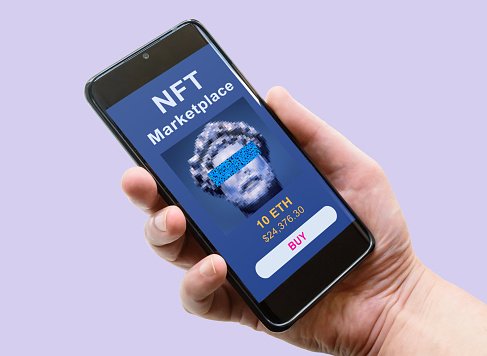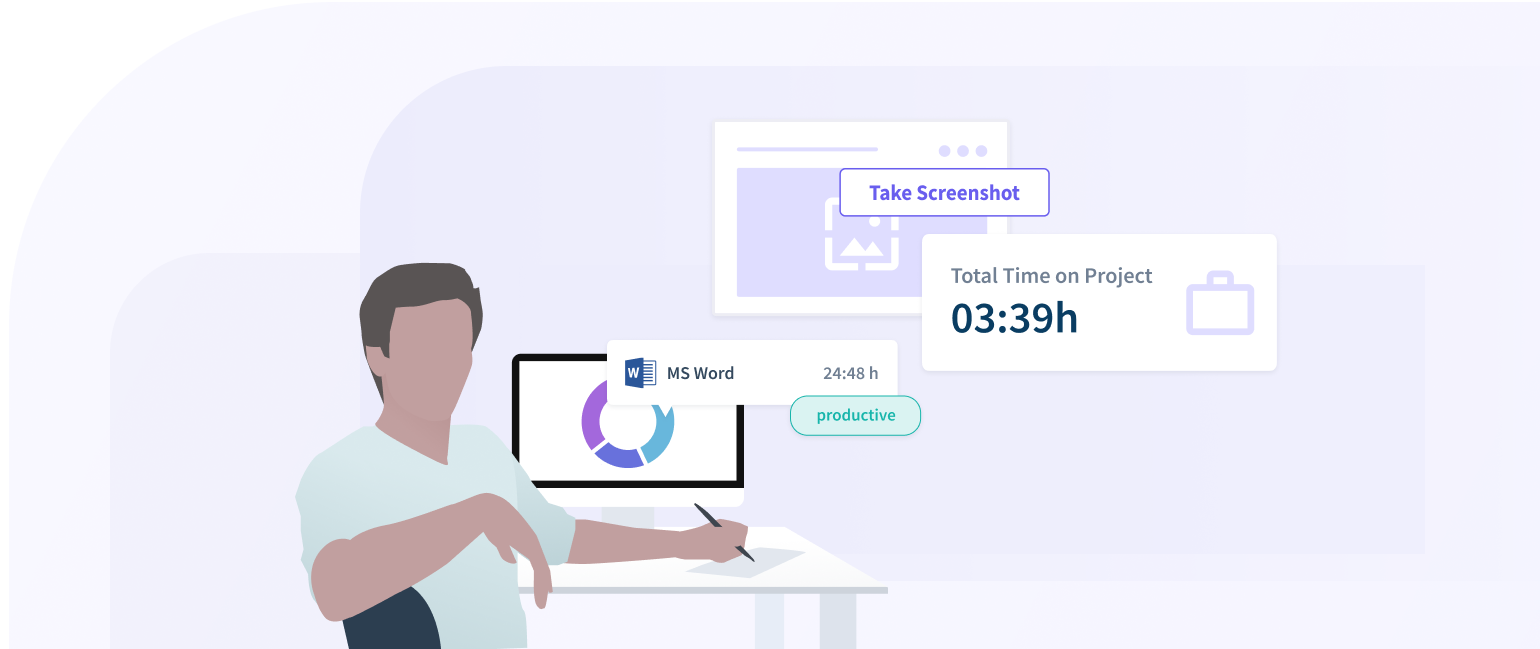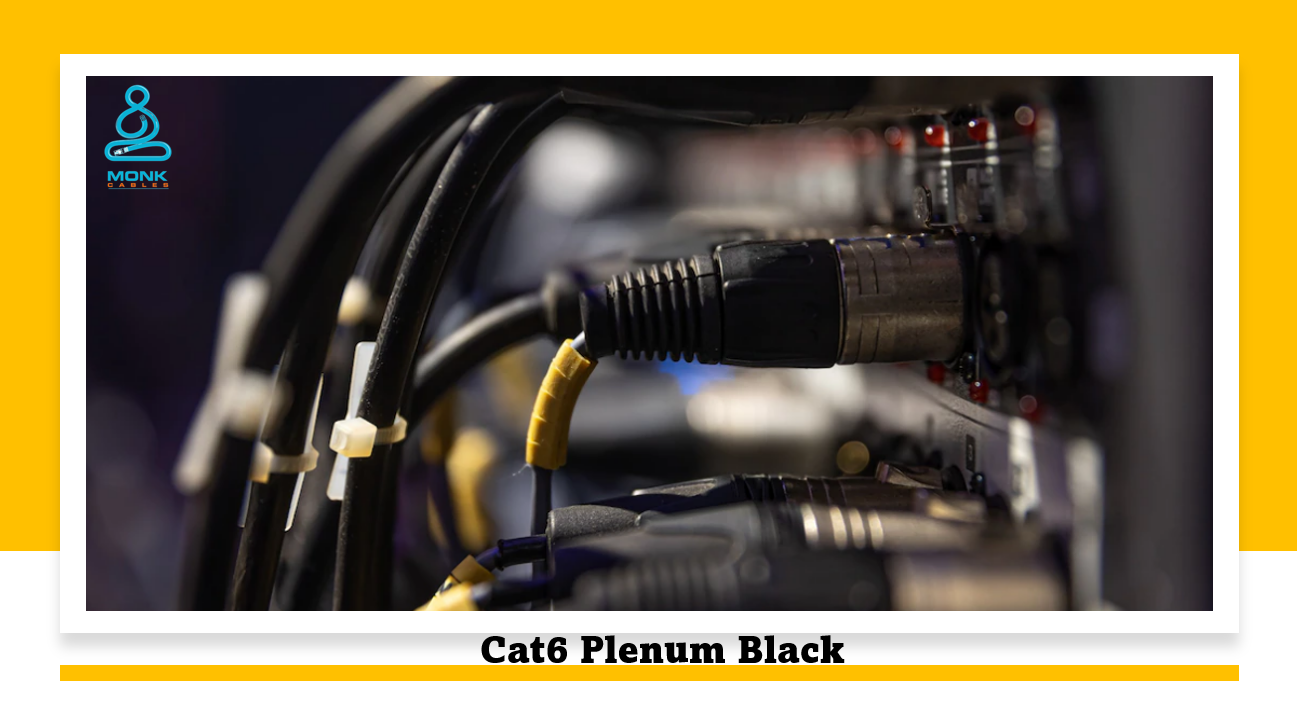People nowadays are accustomed to observing intriguing developments in the technology business. Blockchain technology is no longer anonymous because everyone is aware of blockchain and cryptocurrencies. We’ve all utilised different marketplaces to buy and sell goods. But have you ever considered mixing the two?
Tokenization makes it hard to steal or forge goods. As a result, trading digital assets is appealing and provides enormous value to owners. An NFT (non-fungible token) and a dedicated marketplace are required to complete this unique exchange successfully. NFTs can be created from digital pictures, 3D models, podcasts, photographs, music, texts (such as blog entries or tweets), video content, or even unique domains. Owners of such items can earn hundreds of thousands, if not millions, of dollars.
Are you curious about NFT, why it’s so popular, what NFT marketplaces exist, and whether you can start your own? So, without further ado, let us go right into this intriguing topic. All of these issues and more will be covered!
Let’s start with some mind-blowing numbers:
- In January 2022, NFT revenues hit $4.48 billion.
- The first tweet by Twitter creator Jack Dorsey was sold as an NFT for $2.9 million.
- The number of trading crypto wallets has increased from 545,000 in 2020 to 28.6 million in 2021.
- Between the second and third quarters of 2021, the trading volume of non-fungible tokens surged by 704%.
- The most valuable NFT object sold for $91.8 billion.
- In January 2022, the number of unique sellers hit 759,145, while the number of unique buyers reached 910,611.
Because of the growing popularity of the NFT marketplace, these mind-boggling statistics give every business owner shivers. It would be prudent to seek out any NFT marketplace development company for the creation of such a powerful platform.
What exactly is the NFT market?
An NFT marketplace is a blockchain-based cryptographic currency that represents digital assets and creative commodities. It is essentially an e-commerce platform where users may buy and sell digital assets such as digital art, collectibles, gaming products, and audio records, among other things.
Non-fungible tokens are assets tied to blockchain technology, particularly Ethereum. Each NFT is distinct and cannot be replaced by another NFT.
How do NFT marketplaces function?
To begin selling on an NFT platform, an account must first be created, followed by the setup and connection of a crypto wallet. Crypto wallets can be hosted wallets, non-custodial wallets, or hardware wallets. Users can select the level of protection they want based on their needs.
Furthermore, NFTs are constructed with all of their parameters. Digital products can then be made available for purchase. Sellers should wait till the moderation process is completed before proceeding. As soon as an NFT is accepted, buyers enter bids in the auction. Following the auction, the NFT marketplace software transfers bitcoins and digital assets. A smart contract transaction is created and ownership rights are transferred when a buyer places an order.
NFT market monetization techniques
The following are the most common monetization strategies employed by the most major NFT marketplaces:
- Buyers must pay a charge if their bid on a digital item is successful.
- Sellers are charged listing fees by the NFT platform for posting (listing) their digital items.
- The NFT marketplace charges content providers a fee to list their first non-fungible coin on the platform.
- Each transaction completed on the marketplace’s platform is subject to a 2% deduction. OpenSea, for example, levies a 2.5% service fee on each sale.
- Some non-traditional trading platforms may start their own affiliate programmes for its partners.
How do you set up an NFT marketplace?
We can now go on to the construction of NFT marketplaces. You will be able to effectively respond to the question of how to develop an NFT marketplace website.
Step 1: Identify your niche.
Identifying a profitable niche is the first step in developing a profitable custom NFT marketplace business. You can provide greater value to users if you narrow your focus. Another advantage of the niche approach is a more personalised user experience, which allows consumers to find the digital material they need faster.
Step 2: Appealing platform design
Because non-fungible tokens are a novel concept, creating and designing an NFT marketplace may be a monumental undertaking.
Consider the following factors while developing a visually appealing and user-friendly NFT marketplace app:
Concentrate on your niche- To attract more visitors to your platform, the design of your bespoke NFT marketplace should be suited to a specific niche.
Utilize a dark theme- Many websites now use a dark theme because it draws readers’ attention away from the rainbow of colours and toward the digital goods your site provides.
Last but not least, maintain your NFT marketplace interface as basic as possible because a clean website structure and straightforward navigation attract more clients.
Step 3: Determine the functionality that is required.
The distinctive features of your non-fungible token marketplace website set it apart from similar platforms. As a result, when creating an NFT marketplace, you should carefully consider the features you want to offer.
The following features should be built first:
Homepage: This is the first page of your NFT trading platform that your users view, thus it requires your complete attention.
Allow users to create personal accounts to store and manage digital assets during registration.
Bids, value, owners, pricing history, preview, and other key information are displayed on the storefront.
Users can rapidly access desired digital information by entering a specific keyword into the search bar.
Filters: By categorising all of your platform’s NFTs, you substantially simplify the search process.
Listings: Listings enable users to create and send collectibles.
Listing status: You must include functionality for determining the current NFT condition.
Step 4: Select a development strategy
From the scratch
A team with considerable experience in front-end, back-end, and blockchain technologies is required to establish a completely new NFT marketplace. You’ll need to build portals and apps for NFT buyers, sellers, artists, and the marketplace administrator. The expense of designing, building, testing, launching, and hosting the apps and portals on a cloud server would be enormous. Security, authorisation, SSO, user administration, inventory management, transaction settlement, currency conversion, banking connectivity, shopping cart, marketing, and the auction process will all need to be addressed.
White-label services
Many blockchain developers have already built fully integrated NFT marketplace frameworks. These frameworks are adaptable, allowing clients – the NFT marketplace managers – to make changes as needed. The user interface and user experience are smooth, minimalistic, and easily adaptable. These white-label products are end-to-end integrated with many blockchains, allowing you to take use of them.
Step 5: Put together an NFT development team.
If you want to build a non-fungible token marketplace from the ground up, your first step should be to identify a professional NFT marketplace development firm to work on your project. Their extensive domain knowledge will aid you in establishing how to correctly construct an NFT marketplace. They will provide full-cycle development services and will monitor your platform when it is launched successfully.
Step 6: First, create an MVP.
MVP is a limited-function software product that tells users about your NFT marketplace app. This strategy is a good way to validate your business idea without investing heavily. A minimum viable product should just include main features to keep your users focused on your essential offerings.
Step 7: Create a fully operational NFT marketplace.
You can progressively add additional capabilities to your NFT trading platform once you’ve established market demand for it. You must use engagement data from early adopters to determine the effectiveness of your product launch and the enhancements that should be implemented in the next version. It is also vital to keep your NFT trending platform up to date. This improves your NFT marketplace app’s competitiveness.
The Benefits of Starting Your Own NFT Marketplace
NFTs are without a doubt the next big thing. Building an NFT marketplace is a worthwhile venture, based on industry trends and technological advancements. NFTs will take centre stage as more firms enter the metaverse.
Examine how OpenSea and Rarible are performing to see if NFT markets can thrive. They have a massive user base and are the gold standard in NFT markets. Developing an OpenSea clone app and adding your own unique features is a good business idea!
Create an NFT marketplace similar to Opensea.
OpenSea is a well-known and early NFT marketplace. Because it was the first to market, it has the largest market share in NFT sales. It’s also known as the “Amazon of the digital world.”
OpenSea’s marketplace features a diverse selection of digital materials. Users can register for free and browse their extensive offerings. OpenSea is also thought to be artist-friendly, with a straightforward minting technique for generating NFT objects. It supports many payment tokens (over 150) and is a great place to start.
If you want to start developing an OpenSea clone, you should look for a development partner who can meet your needs quickly.
Final thoughts
It is obvious that the NFT craze will not fade away; rather, it will gather momentum with each passing day. This profitable area is attracting an increasing number of organisations interested in developing an NFT marketplace to enter this industry. Create immediately if you want to follow in their footsteps and start a thriving NFT marketplace business.







